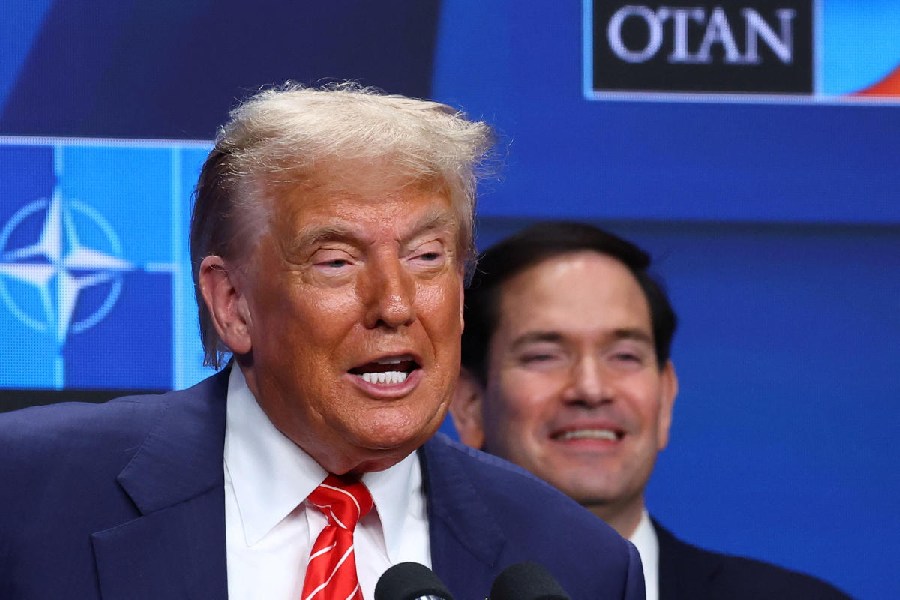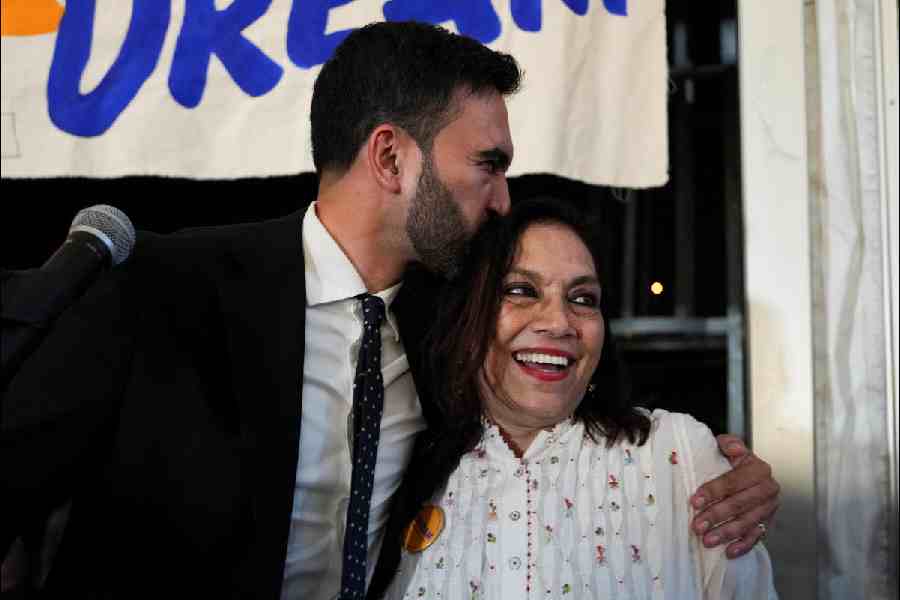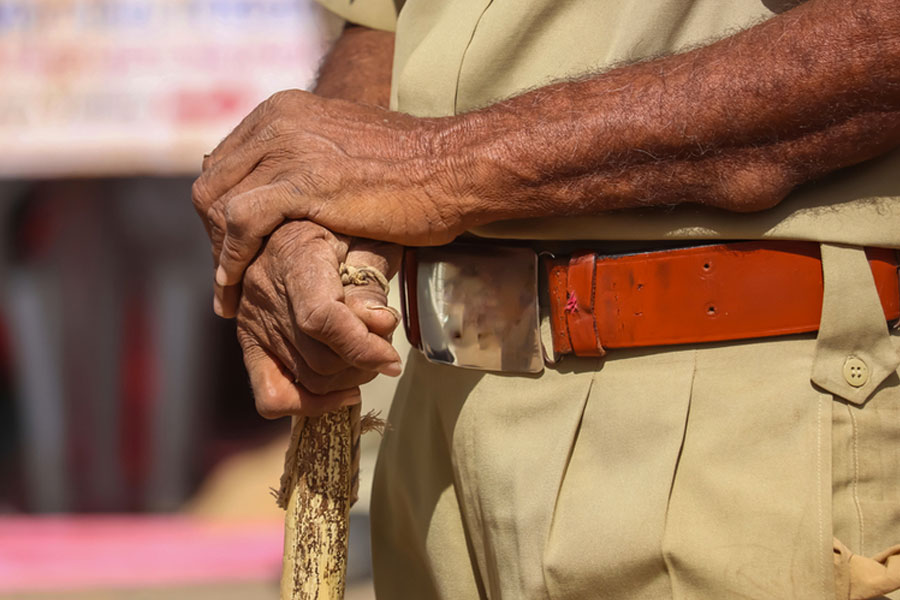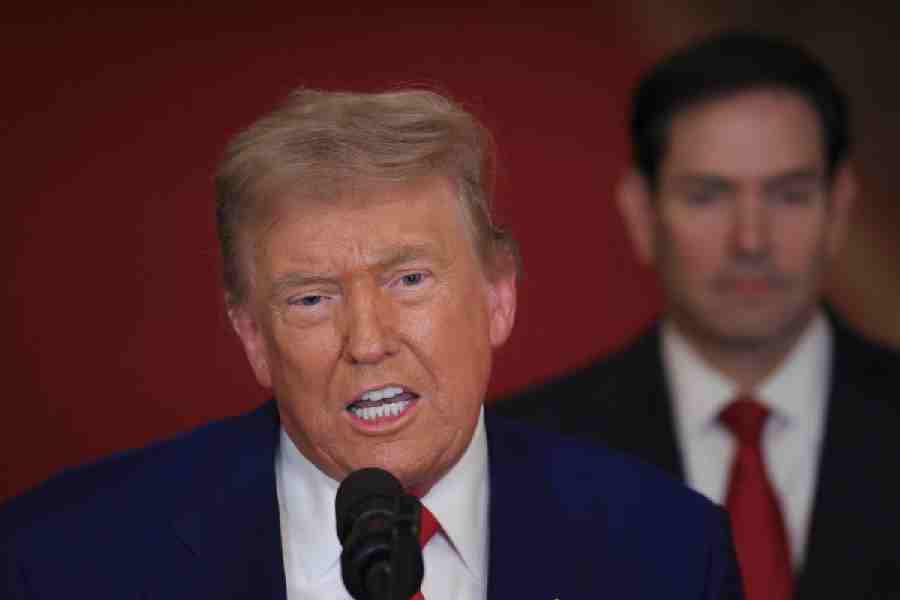|
|
| Azharuddin with supporters in Moradabad |
Have you noticed that election analysis on television is a board game played by boys? Prannoy Roy, Rajdeep Sardesai and Vikram Chandra clicked and poked video walls and touchscreens to bring up numbers dreamt up by other men — pollsters like Dorab Sopariwala and Yogendra Yadav — while the anchorwomen confined themselves to the real business of nudging netas into indiscretion. Sagarika Ghose, Barkha Dutt and Nidhi Razdan didn’t shuffle about prodding giant displays. I suspect they didn’t want to. This nerdish delight in hardware is a boy thing.
On the subject of polling, I’ve been trying to work out who came out ahead in the forecasts. This was a two-horse race between Yogendra Yadav and Dorab Sopariwala which, in my lay opinion, the latter won. (Full disclosure: I was on Dorab’s NDTV team in the run-up to the elections.) Yogendra Yadav got closest to the final tally when, the night before the results were announced, CNN-IBN forecast that the United Progressive Alliance would get between 220 and 235 seats but Sopariwala was the only pollster who steadfastly maintained that there was clear blue water between the UPA and the National Democratic Alliance through the duration of the election. His pre-election poll gave the UPA 217 seats and the NDA a lot less and his exit poll number was 216 for the UPA, just one off his earlier forecast, and 166 for the NDA, some 50 seats less.
Yogendra Yadav, on the other hand, had fluctuating numbers through the five-stage election. After the second stage, he, like many other pundits on Star News and in The Times of India, declared that the NDA had surged, the race had narrowed, and suggested a result that was close to a dead heat, with ten or less seats separating the two fronts. On the 13th, when the elections were done and the news channels could make their exit poll or post-poll numbers public, CNN-IBN forecast between 180 to 205 seats for the UPA with the NDA in the 160 to 180 range.
So if we allow that no one came close to estimating the magnitude of the UPA’s triumph, Sopariwala at least got the intention of the electorate right before the election actually happened and stuck to his forecast of a decisive UPA win without tacking and trimming through the interminable election process. He also got the likely distribution of seats right in Andhra Pradesh and Tamil Nadu in his pre-election poll and stayed with his prediction of a UPA win in both states despite lots of scepticism.
N. Ram of The Hindu, for example, in his several appearances on NDTV disagreed with Sopariwala’s figures for Tamil Nadu because his feeling was that Jayalalithaa would benefit hugely from anti-incumbent feeling. As it happened, Sopariwala had predicted that anti-incumbency in both Andhra and the Tamil country wouldn’t hurt the Congress because third-party spoilers like Chiranjeevi in Andhra and Vijayakanth in Tamil Nadu would siphon off the protest vote and thwart Naidu’s and Jayalalithaa’s bids to take seats from the UPA. So, credit to him for calling that result earlier than anyone else.
Two days ago, the Lokniti research team, of which Yogendra Yadav is the public face, put out a first-rate analysis of the election results called ‘How India Voted’ that was published as an eight-page supplement by The Hindu. (The Hindu is a curious creature: it is the only English-language newspaper in the country whose strength lies in its willingness to be boring.) If you’re interested in electoral politics, Lokniti’s take on it is required reading.
But a local difficulty with Lokniti’s analysis is that its explanation of the Tamil Nadu result argues, contra Sopariwala, that “(t)here is no evidence to attribute the AIADMK’s defeat to the DMDK’S performance”. The DMDK is Vijayakanth’s party and it took 10 per cent of the vote. Dorab Sopariwala’s pre-election poll led him to believe that Vijayakanth’s share of the vote would deprive the AIADMK of the anti-incumbency vote that in a two-party system goes to the major opposition party or alliance.
We know that Tamil Nadu has historically been a bi-polar state that tends to stage huge wins for either the DMK or the AIADMK in Lok Sabha elections. In the previous Lok Sabha election in 2004, the AIADMK front was wiped out: it got zero seats out of 39. If this traditionally lopsided result didn’t come about in an election where a third party made an impressive parliamentary debut, skimming off a tenth of the vote, then it’s reasonable to believe that there might be a causal connection between this fact and the outcome. Especially since Lokniti’s analysis points out that the DMDK voters were twice as likely to be disgruntled DMK-Congress voters. Given that the Lokniti team’s own conclusion is that the DMDK “secured higher votes than the winning margins of candidates in about 25 constituencies”, there’s a strong likelihood that the AIADMK’s prospects were systematically blighted by Vijayakanth’s strong showing.
So why does Lokniti’s article so emphatically reject the DMDK’s performance as a factor in the AIADMK’s defeat? As psephologically illiterate lay reader, I’m puzzled. Perhaps Yogendra Yadav, the public face of the Lokniti team, can explain. For what it’s worth, I got my solitary election forecast right. I spent a couple of days in Moradabad covering the election there for a magazine and predicted that Azharuddin would win that seat. So did many others, apparently, but I got my two cents in print before the good people of Moradabad voted; that should count for something. Sopariwala wasn’t the only clever pollster on that NDTV roster. I have my methods and they cost less than Dorab’s do.
When two auto-rickshaw drivers near Moradabad railway station told me that they had voted for the Samajwadi Party in 2004 but that they would vote for Azharuddin this time round because Mulayam Singh had admitted Kalyan Singh, the world famous mosque-into-mandir illusionist, to the Samajwadi Party, I knew the Congress was home.
I know what you amateur psephologists are thinking: too small a sample. Well, you’re wrong. What you don’t know is that both drivers were Muslims and both of them were called Rais Ahmad. What are the odds that you’d randomly meet two auto-rickshaw-driving Muslims called Rais Ahmad who had the same opinion of an election in Moradabad? Before some literal-minded pedant writes in to say the odds are quite good if you hang around an auto-rickshaw stand in a town called Moradabad that’s half Muslim, let me point out that you still haven’t accounted for the shared name. Trust me, for the electorally fey, it was a sign.










